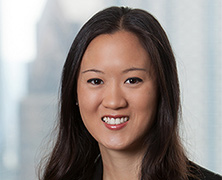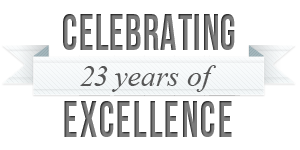Blurring Work and Home Can Be a Good Thing
The COVID-19 pandemic is a turning point for our country and the rest of the world; the unimaginable loss of life has forced all of us to pause and reflect on how we work, how we live, and the power of human connection. All of these lessons learned will inform the future of work in five, ten, and even thirty years.
The pandemic has forever changed our understanding of the relationship between where we work and how we work. Moving forward, there will be increased workplace flexibility in terms of both location and time. People will be empowered to approach their work through the lens of maximum productivity, as measured by results. People will be able to work wherever they work best, whether it is at the office or at home, in the morning or in the evening.
When people can work at their optimal times and in their optimal environments, their professional and personal priorities are better aligned. This alignment fosters not only increases in productivity, but also employee engagement. We will have the ability to design our work lives to fit into our whole lives, including our families, friends, and hobbies.
Work flexibility also increases opportunity by allowing employers to be more inclusive and eliminating barriers to access, such as the size of the conference room or the cost of flights and hotels. Decreasing the need for constant, in-person availability and access will make work less about face-time, and more about results and quality work product.
This does not mean that the office will disappear, because we were also reminded of the value of being present together, in-person, as a team, or a family. The office will become a place for teams to collaborate, not simply for individuals to do their work. The design of office spaces will evolve and change so that they can encourage creativity, connection, and cooperation. Hopefully, the number of meetings will also be reduced, but their value, efficiency, and meaningfulness will be increased.
During this past year, the line between home and work was blurred. As a result, our children learned how to work virtually alongside us, and our colleagues met our family members, even the four-legged ones, as they walked in and out of the backgrounds of our meetings. My hope is that this paves the path forward for bringing our whole selves to work, which I know will change the professional advancement of women in the workplace.







